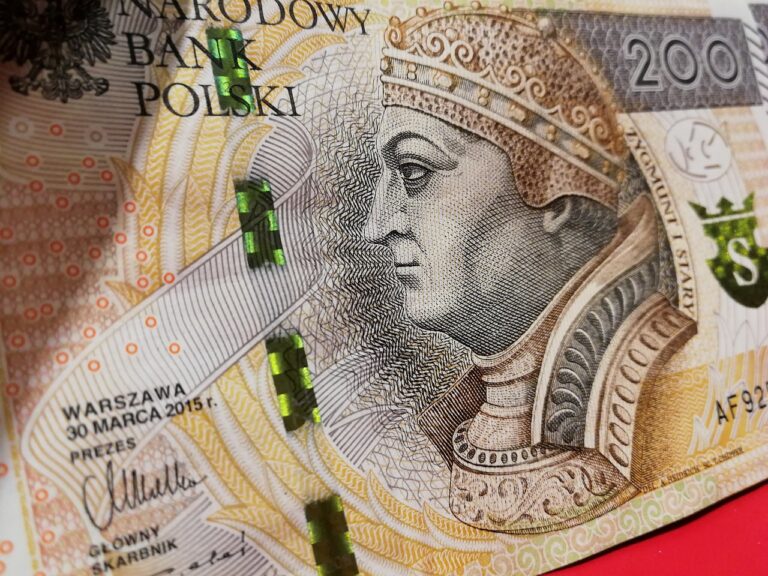The Psychology of Color in Branding: How Hues Influence Shopping Choices
Consumer behavior is a complex interplay of various factors, with color playing a significant role in shaping perceptions and attitudes towards products and brands. Research has shown that different colors evoke different emotions and associations in consumers, ultimately influencing their purchasing decisions. For example, warm colors like red and orange are often associated with energy and excitement, leading consumers to perceive products in these hues as more dynamic and attention-grabbing.
Moreover, cultural and personal experiences also play a role in how colors are perceived by consumers. While certain colors may have universal associations (such as green symbolizing nature and health), individual interpretations can vary greatly. Understanding the nuanced effects of color on consumer behavior is crucial for businesses seeking to create a strong brand identity and effectively communicate their values to their target audience.
The Impact of Color on Perceptions of Brand Personality
When it comes to branding, color is a powerful tool that can influence how consumers perceive a brand’s personality. Different colors can evoke specific emotions and traits, shaping the overall image of a brand in people’s minds. For example, blue is often associated with trustworthiness and dependability, making it a popular choice for brands that want to convey a sense of reliability.
On the other hand, red is often seen as energetic and exciting, making it a good fit for brands that want to portray themselves as bold and innovative. By strategically choosing colors that align with the desired brand personality, companies can create a strong and cohesive image that resonates with their target audience. This highlights the importance of considering the psychological impact of color choices in branding to effectively communicate the desired brand personality.
Color Associations and Emotional Responses in Branding
When it comes to branding, the colors used play a crucial role in eliciting emotional responses from consumers. Different colors are associated with varying emotions and can impact how a brand is perceived. Understanding these color associations can help brands communicate their desired personality and create meaningful connections with their target audience.
For example, warm colors like red and orange are often linked to feelings of excitement, passion, and energy. Brands that use these colors in their branding may be perceived as bold, dynamic, and youthful. On the other hand, cool colors such as blue and green are often associated with tranquility, trustworthiness, and nature. Brands that incorporate these colors may be seen as calm, reliable, and environmentally conscious. By strategically choosing colors that align with their brand values and messaging, companies can evoke specific emotional responses from consumers that can influence their perceptions and ultimately their purchasing decisions.





